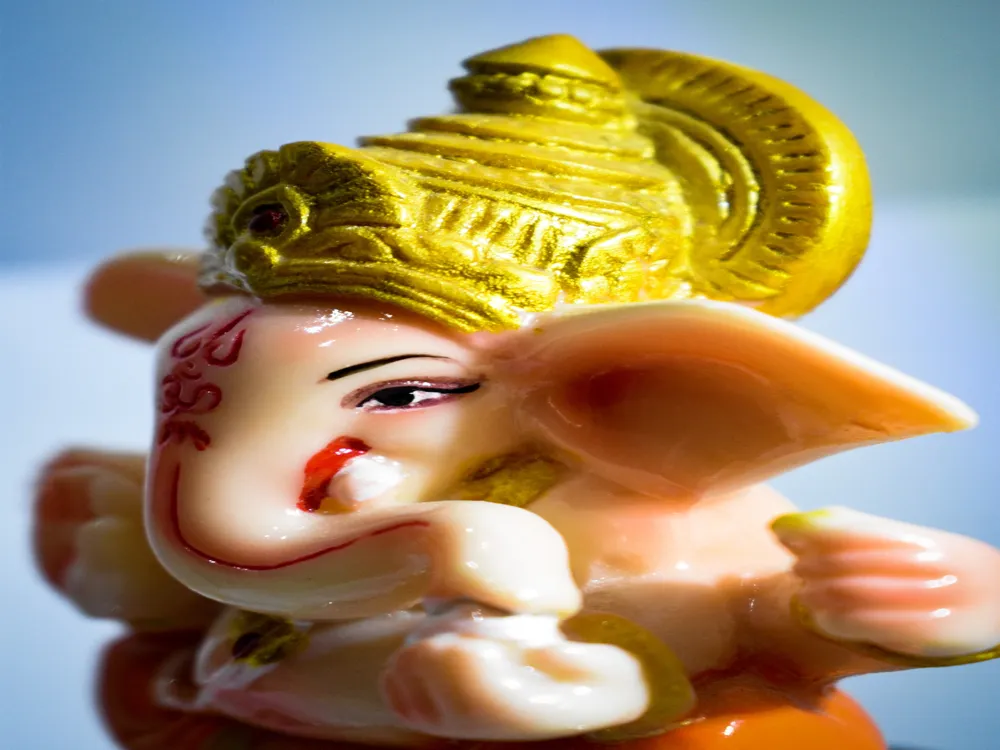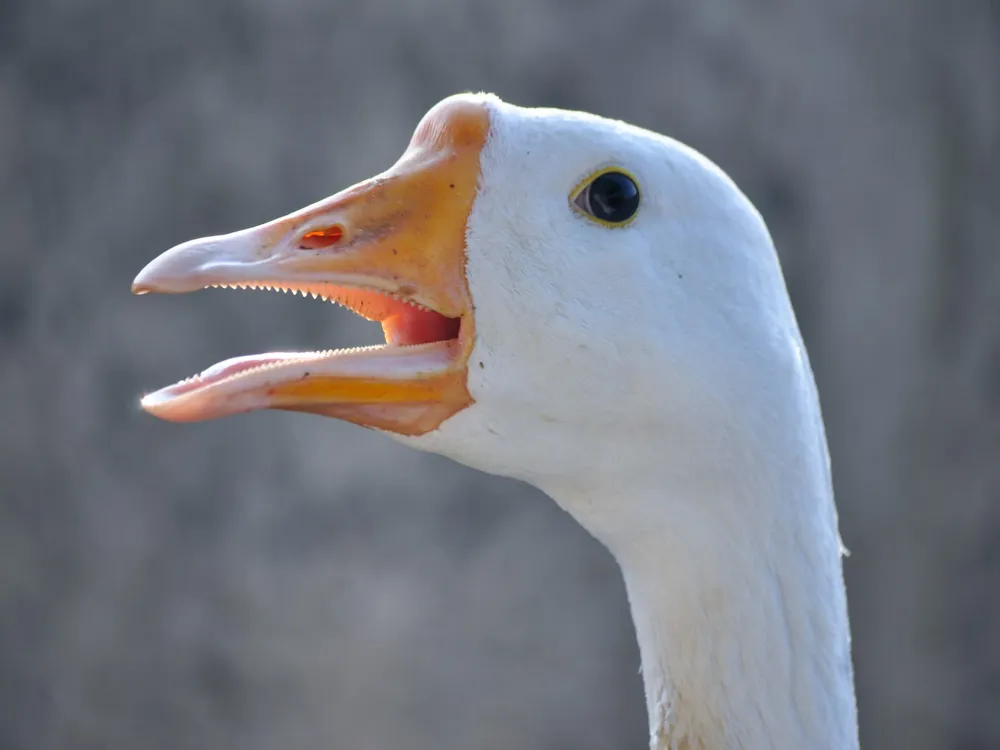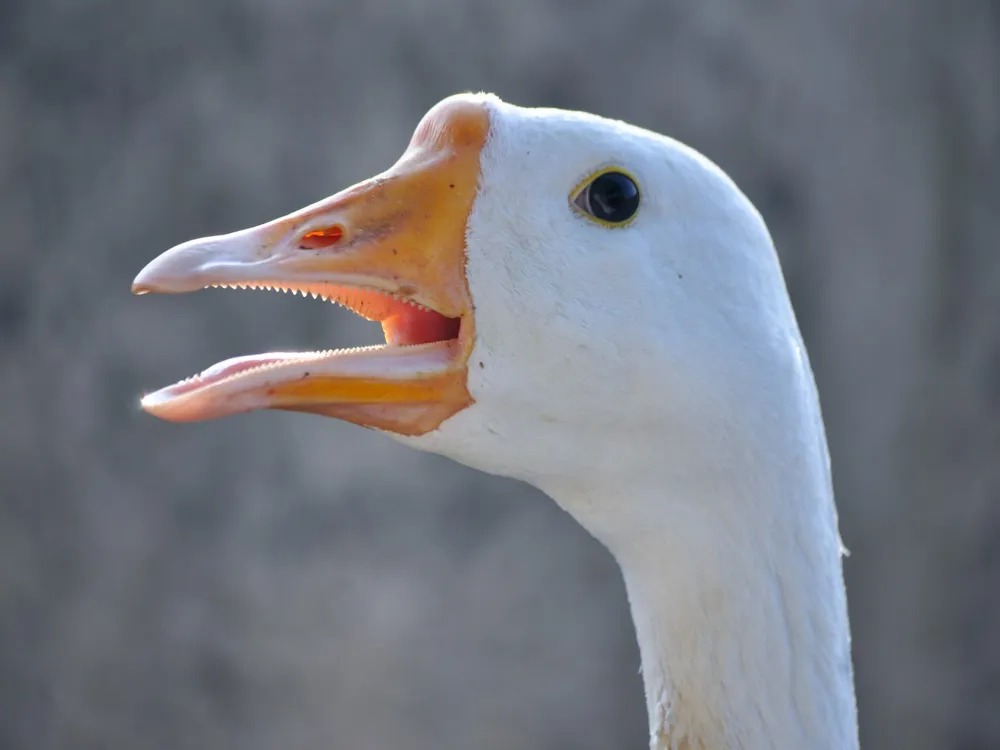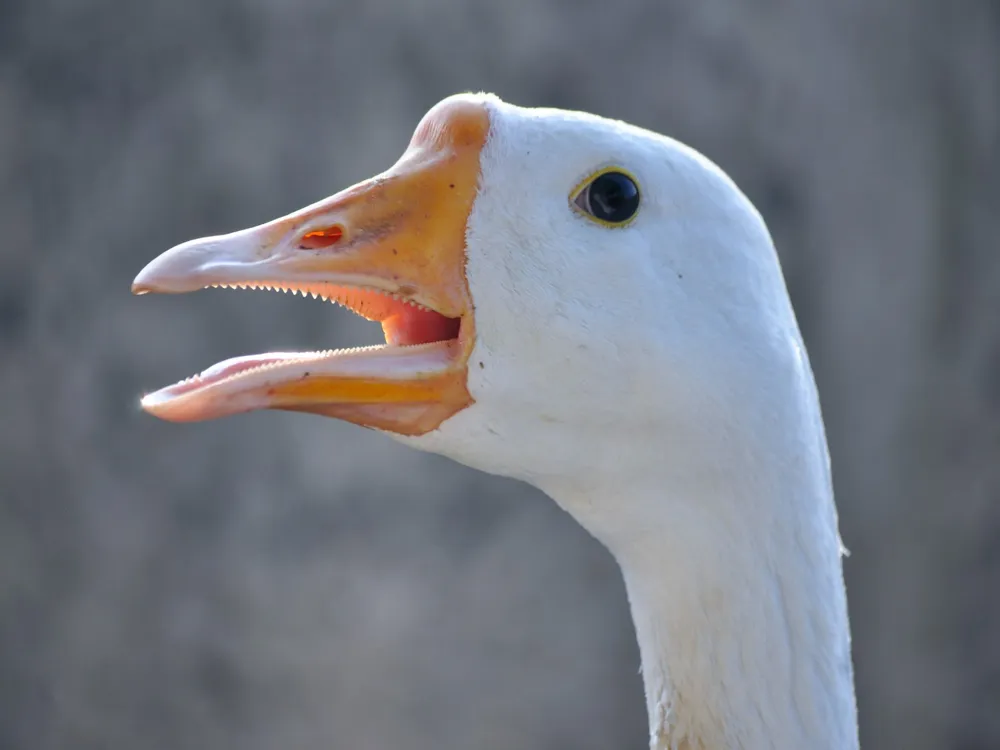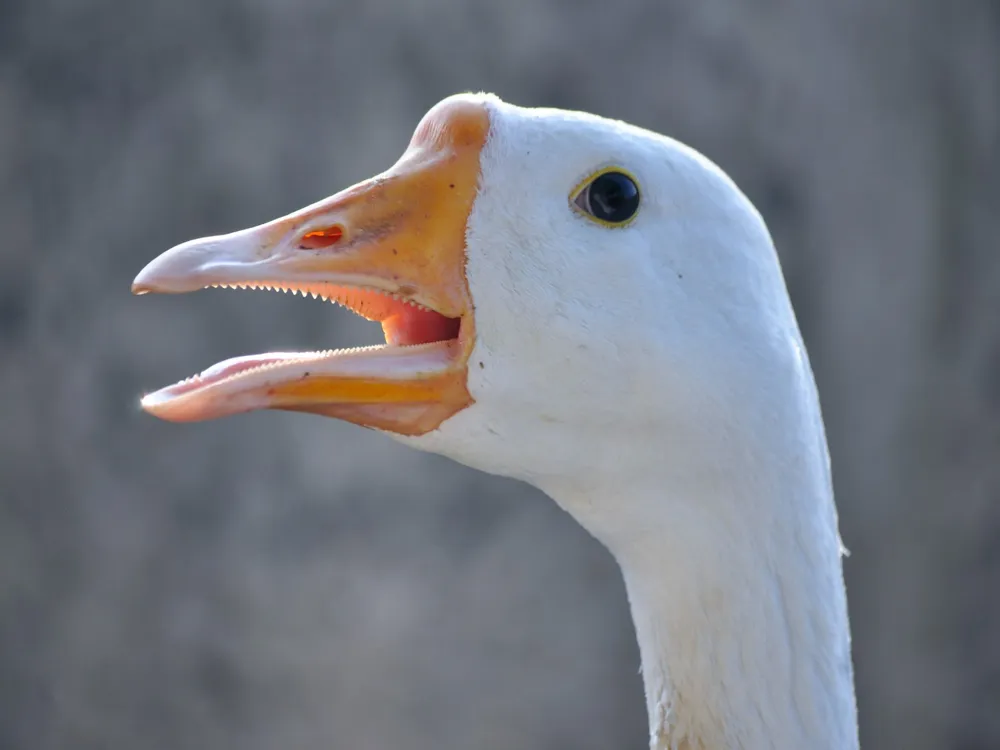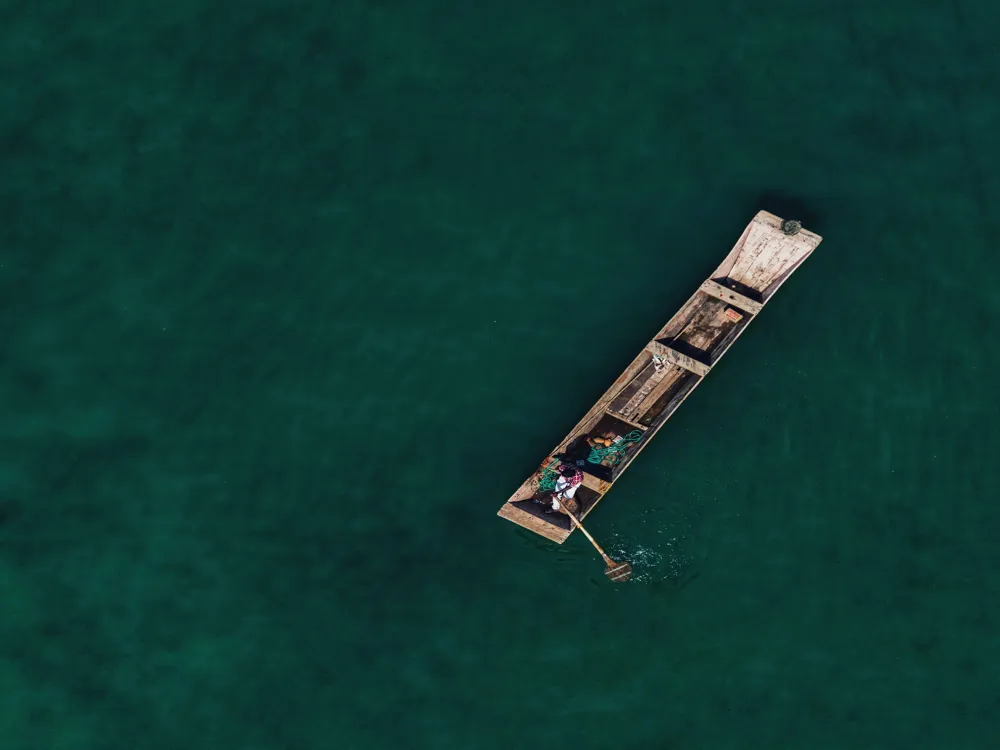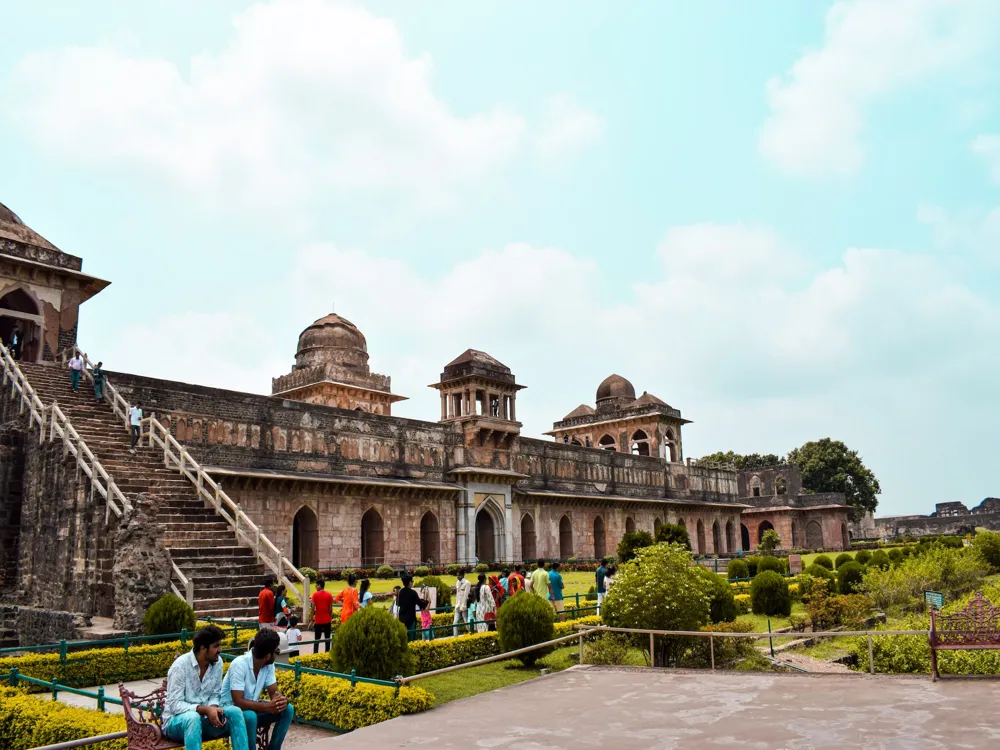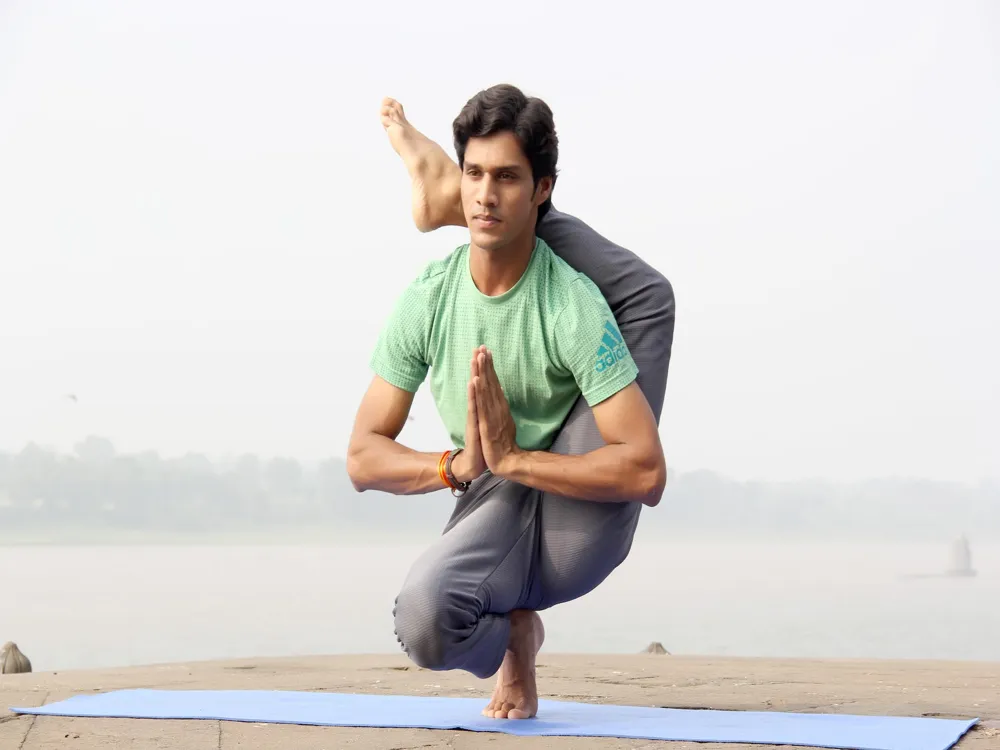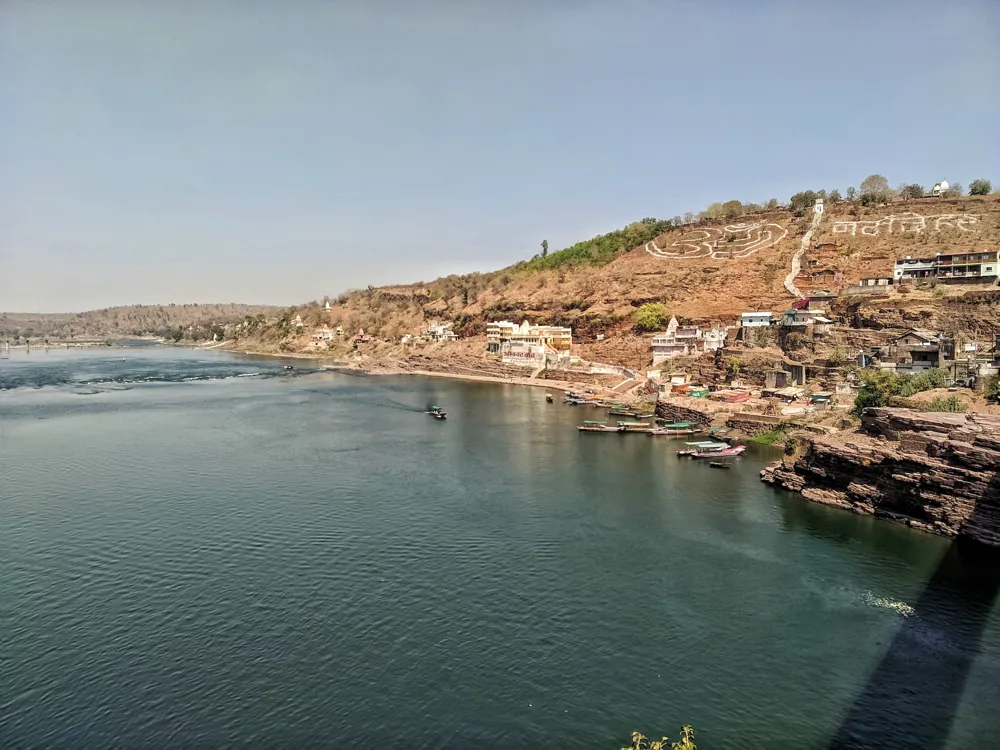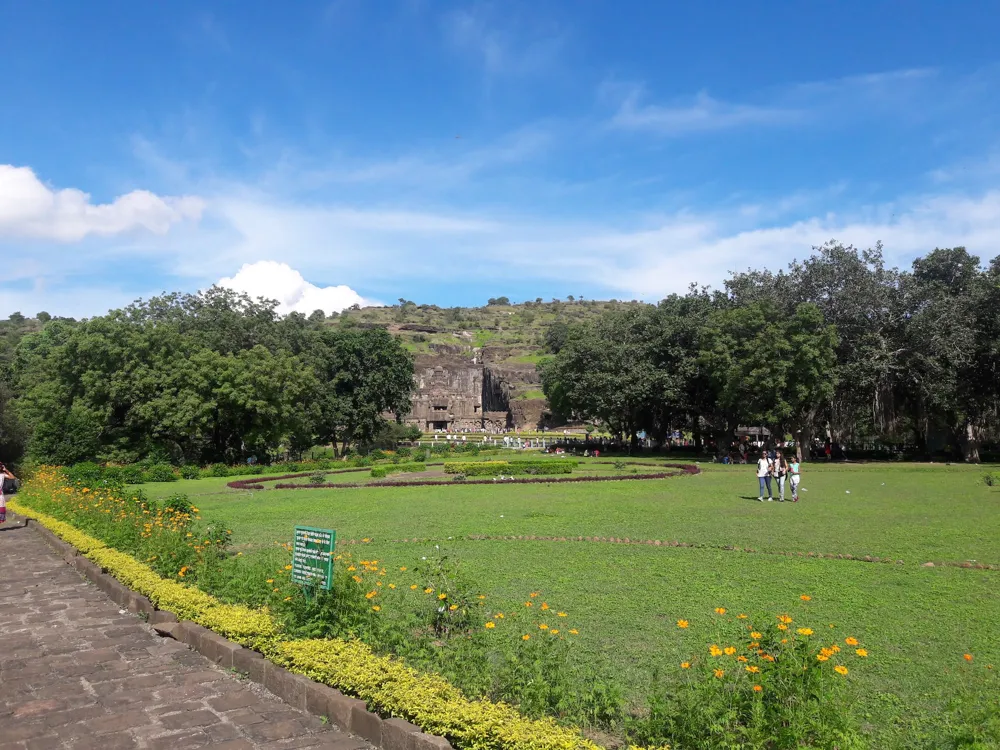Lal Bagh Palace, a historical edifice in Indore, Madhya Pradesh, stands as a testament to the opulent lifestyle of the Holkar dynasty. Constructed between the late 19th and early 20th century, this palace is a significant landmark that reflects the grandeur of the erstwhile Indian royalty. The palace, sprawling over 28 acres, was primarily used for hosting royal receptions and ceremonies. Its architecture and decor are heavily influenced by European styles, making it a unique blend of cultural influences. The entrance of Lal Bagh Palace is marked by a grand gate, which is a replica of the Buckingham Palace gate in London, symbolizing the global outlook of the Holkar rulers. The palace's interiors are adorned with Italian marble columns, Persian carpets, Belgian stained glass windows, and Greek mythological reliefs, creating an aura of international artistry. Its walls are decked with portraits of the Holkar family, while the state-of-the-art ballroom features a wooden floor mounted on springs for an extra bounce during dances. Lal Bagh Palace is not just an architectural marvel but also a repository of the Holkars' culture and lifestyle. The palace houses a museum displaying artifacts from the era, including a collection of coins, contemporary Indian and Italian paintings, and sculptures. The library within the palace is a trove of old books and manuscripts, some dating back several centuries, offering a glimpse into the rich intellectual pursuits of its residents. The palace's significance extends to its lush gardens, which are spread over a large area and are home to a variety of flora. These gardens are laid out in the Mughal style and embellished with fountains, pools, and marble pavilions, offering a serene escape from the bustling city life. The blend of architectural beauty, historical significance, and natural splendor makes Lal Bagh Palace a must-visit destination for history enthusiasts and tourists alike. The architecture of Lal Bagh Palace is a magnificent amalgamation of European styles and Indian craftsmanship. The construction of the palace, which spanned over two decades, was initiated by Tukoji Rao Holkar II and completed by Tukoji Rao Holkar III. This period saw the palace evolve into a masterpiece of art and architecture, reflecting the changing tastes and global influences of the time. The exterior of the palace is a blend of Renaissance and Baroque styles, characterized by its stately facade, ornate columns, and intricate embellishments. The main structure is a three-story building with a series of rooms and halls, each designed with a specific purpose and aesthetic in mind. The facade is adorned with statues and motifs, adding to its majestic appearance. Inside, the palace is a world of luxury and art. The entrance hall leads to a series of rooms, including the Darbar Hall, where the Holkar rulers held their court. This hall is particularly notable for its elaborately painted ceilings and walls, adorned with frescoes and gold leaf work. The dining hall, with its ornate furniture and exquisite crockery, showcases the lavish lifestyle of the Holkars. One of the most striking features of Lal Bagh Palace is its ballroom, with its innovative wooden flooring mounted on springs. This architectural marvel was designed to provide an extra bounce during royal dances and parties. The palace also houses a remarkable collection of artifacts, paintings, and sculptures, each telling its own story of the era and the royal family. The palace's architectural brilliance extends to its meticulously designed gardens. These gardens, inspired by the Mughal style, feature a variety of exotic plants, marble fountains, and pavilions. The integration of architecture with nature in the palace's design creates a harmonious and tranquil environment, offering a glimpse into the royal leisure pursuits. The ideal time to visit Lal Bagh Palace is between October and March when the weather in Indore is pleasant. This period avoids the extreme summer heat and the monsoon season, offering a comfortable experience for exploring the palace and its gardens. While visiting the palace, it is recommended to start with the museum to understand the history and significance of the Holkar dynasty. Then, proceed to explore the different rooms, paying special attention to the frescoes, artifacts, and architectural details. Photography may be restricted in certain areas, so it's advisable to check the rules beforehand. Visitors are advised to dress modestly, keeping in mind the cultural sensibilities of the place. Comfortable footwear is recommended as there is a considerable amount of walking involved. Maintaining decorum and respecting the palace's heritage is expected from all visitors. The palace is equipped with basic facilities like restrooms and a small cafeteria. However, visitors should be prepared as wheelchair accessibility and other amenities for differently-abled visitors may be limited. Opting for a guided tour can enrich the experience, as guides provide insightful stories and historical contexts that bring the palace to life. Check for available tour options and timings at the entrance. Lal Bagh Palace is easily accessible from various parts of Indore. The city is well-connected by air, rail, and road, making it convenient for tourists to visit. The nearest airport is Devi Ahilya Bai Holkar Airport, which is about 8 kilometers from the palace. Indore railway station is also a major junction, connecting the city with other parts of India. Local transport in Indore, such as taxis, auto-rickshaws, and buses, are readily available to reach Lal Bagh Palace. Read More:Overview of Lal Bagh Palace, Indore
Architecture of Lal Bagh Palace
Tips When Visiting Lal Bagh Palace
Best Time to Visit
Exploring the Palace
Dress Code and Etiquette
Facilities and Accessibility
Guided Tours
How To Reach Lal Bagh Palace
Lal Bagh Palace
Indore
Madhya Pradesh
NaN onwards
View indore Packages
Weather :
Label : Must Visit
Tags : Forts & Palaces
Time Required : 1 hour
Planning a Trip? Ask Your Question
Indore Travel Packages
View All Packages For Indore
Top Hotel Collections for Indore

Private Pool

Luxury Hotels

5-Star Hotels

Pet Friendly
Top Hotels Near Indore
Other Top Ranking Places In Indore
View All Places To Visit In indore
View indore Packages
Weather :
Label : Must Visit
Tags : Forts & Palaces
Time Required : 1 hour
Planning a Trip? Ask Your Question
Indore Travel Packages
View All Packages For Indore
Top Hotel Collections for Indore

Private Pool

Luxury Hotels

5-Star Hotels

Pet Friendly







